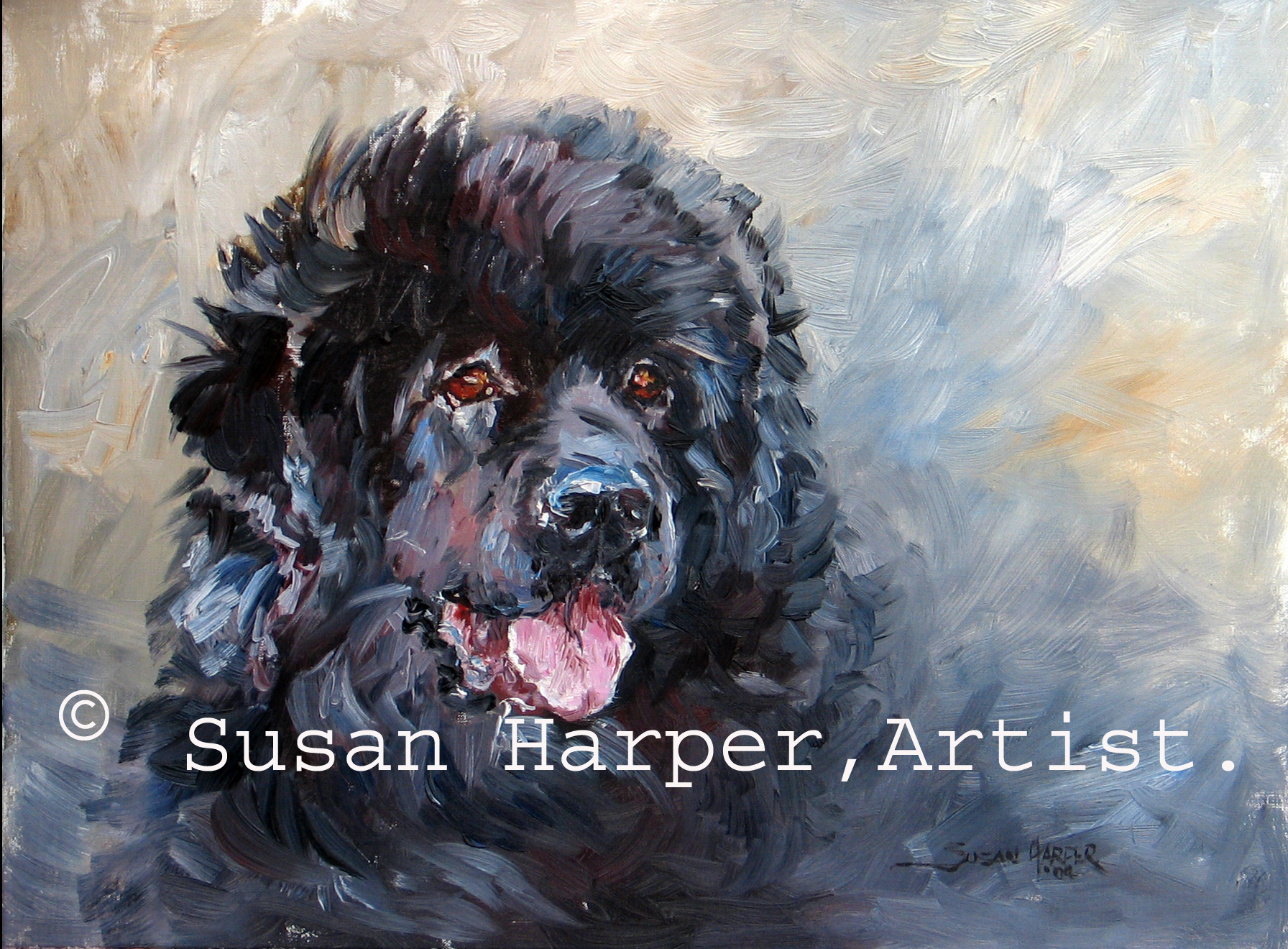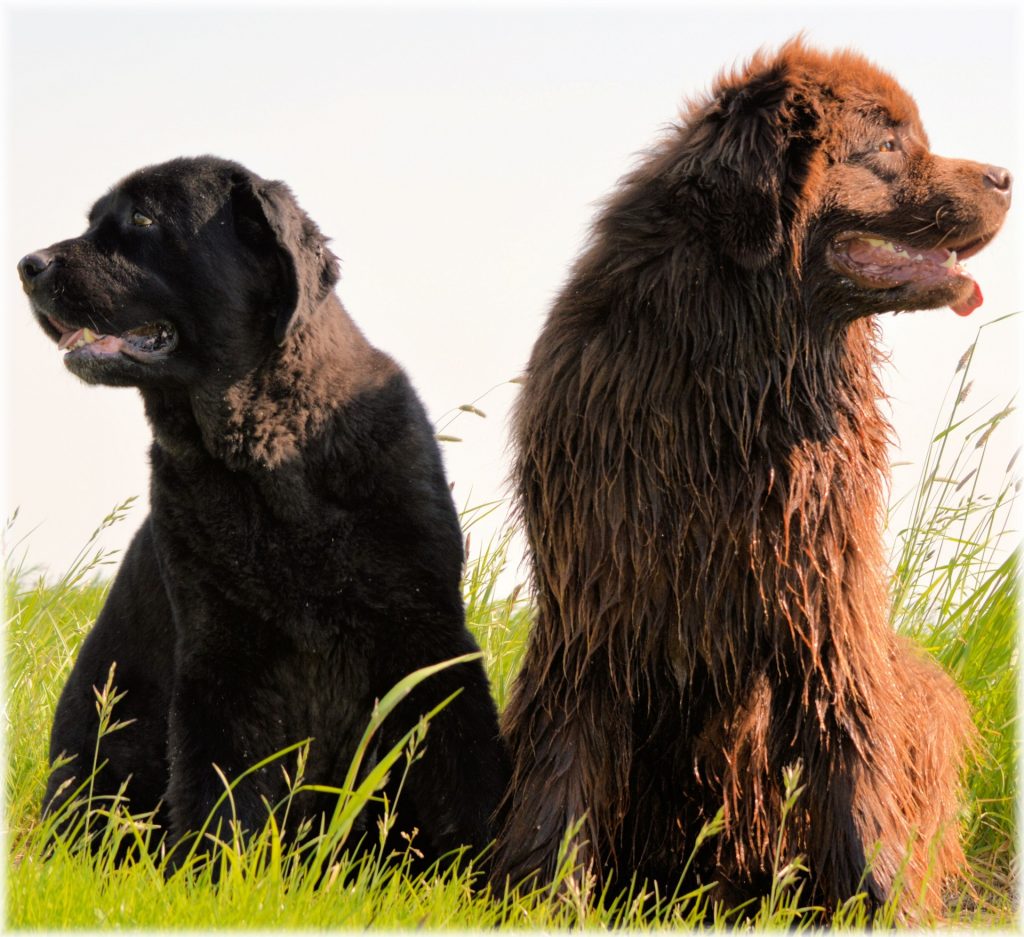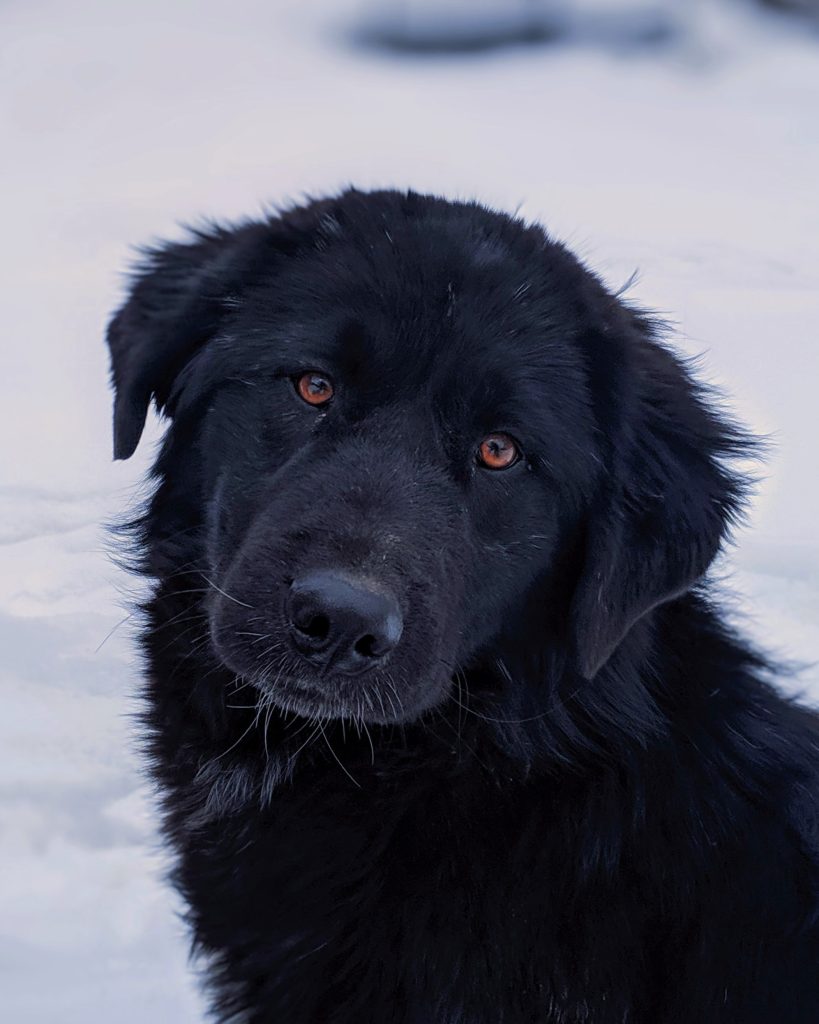
In 1964, U.S. Supreme Court Justice Potter Stewart famously said that he could not use words to describe pornography but that “I know it when I see it.”
Outside of breeders, show judges, and veterans of the dog fancy, the average person doesn’t always know when something is “off” about a dog, only that the dog doesn’t look like one they saw on televised dog show on TV. Take a look at the lovely Newfoundland, Josh, who won Best in Show winner at the Westminster Kennel Club Dog Show in 2004. Look at the breadth of his head and muzzle, his ear set and his stop. Now look at the dogs below, images we found on free photo websites:

License/ CC0 Public “Domain X released this image of “Guus And Mees 1” image under Public Domain license

Photo identified as a Newfoundland by Farzan Lelinwalla from Unsplash free stock photo site
No doubt these are wonderful, beloved pets, and we share their images in the spirit of education about what makes a Newfoundland head meet its breed standard. We freely admit that we are not experts on this breed, but when comparing the images to Josh, even a novice can see that there are differences. To our eye, a few things stand out that account for differences from the neck up: Ears, breadth of muzzle, the stop, and breadth of head.
Whether one looks at a Newfoundland head on, or from the back, her ears should blend in with her head (again, look at the photo of Josh). His ears don’t stand away from his head. In fact, we daresay that were it not for lighting, you might not notice his ears at all. They are set neither too high or too low. They are, as Goldilocks would say, “Just right.” Even in an attentive state, a Newf will put her ears on “alert status” which is to say that she may bring them forward, but the forward edges will still hug her face.
And then there’s the muzzle. It shouldn’t be too long, pointed, narrow or snipey. The top of it is rounded, and per the breed standard, should be “broad throughout its length, and deep,” both approximately equal. The dog’s skeletal structure and a strong underjaw account for the depth of muzzle.
The bridge (again from the standard) is, “in profile…straight or only slightly arched.” A lack of a stop, or a shallow one is as wrong as a stop that is overdone which you can spot in one of the dogs above. Breadth of head and muzzle impact the eyes which should be deep-set and spaced wide apart.
The average person-on-the-street likely isn’t aware of “breadth of head, “ear sets,” or the depth of a stop, but show them a side-by-side comparison of a top winning Newfoundland versus one that isn’t, and like Justice Stewart, they won’t be able to define why the two Newfoundlands are different, only that they are.
The Newfoundland Club of America does a lovely job of illustrating the nuances of their breed’s head which you can see in the club’s Illustrated Guide.
Image: “Painting of a Newfoundland 2” appears with the consent of the artist, Susan Harper
www.susanharperartist.com
